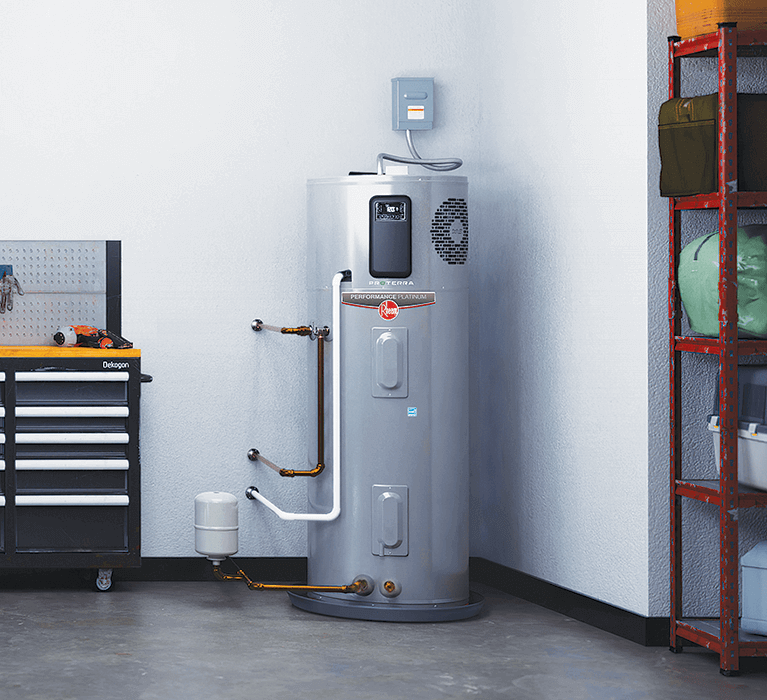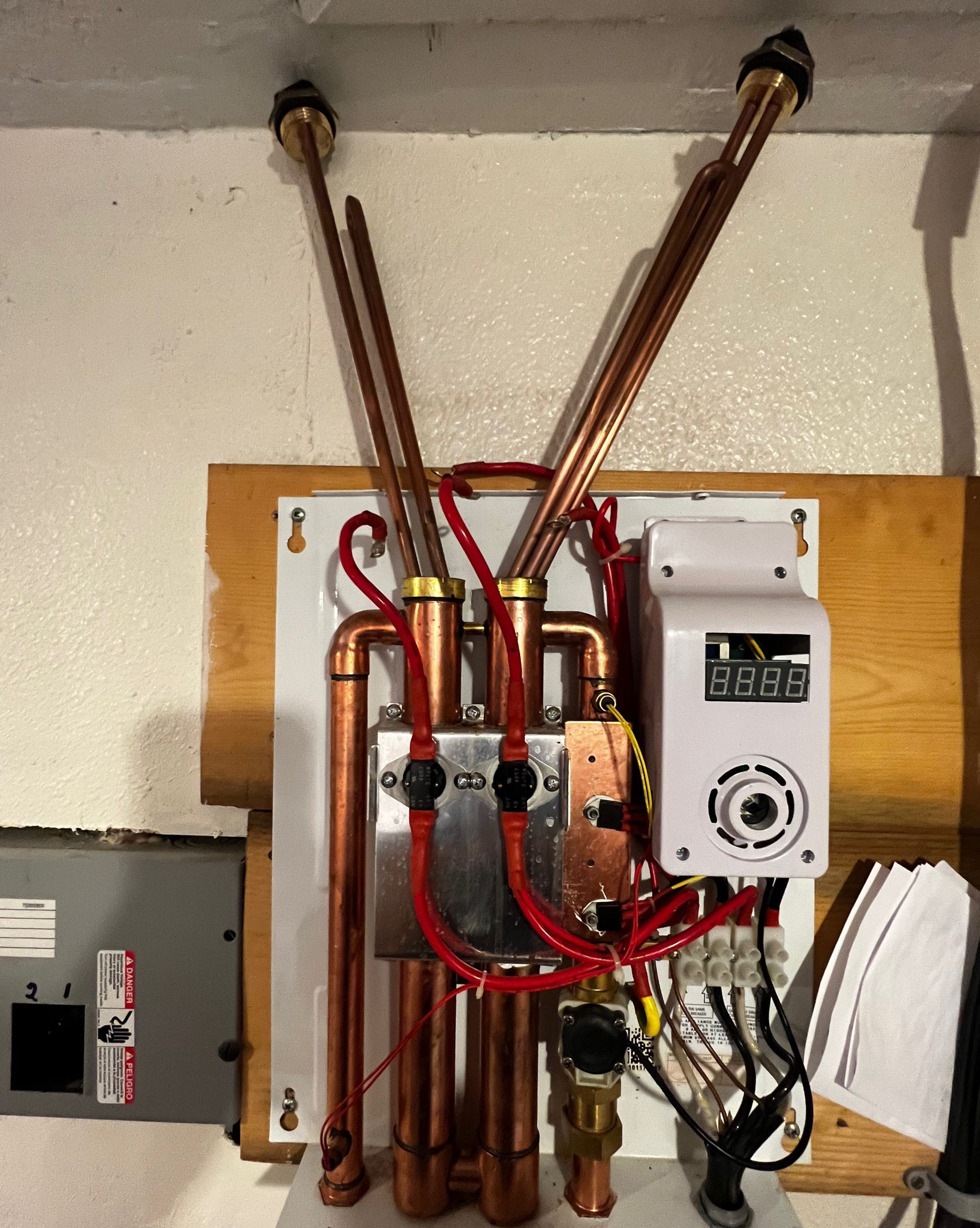What're your concepts on Water Heater Maintenance Tips You Can't Afford to Forget?

Hot water is important for day-to-day convenience, whether it's for a refreshing shower or cleaning dishes. To guarantee your warm water system runs efficiently and lasts much longer, routine maintenance is key. This article gives functional suggestions and understandings on exactly how to maintain your home's warm water system to avoid disruptions and pricey repair work.
Intro
Preserving your home's warm water system may appear challenging, yet with a few straightforward steps, you can guarantee it operates efficiently for years to come. This overview covers everything from comprehending your hot water system to DIY upkeep suggestions and recognizing when to call expert aid.
Significance of Keeping Your Hot Water System
Normal maintenance not only expands the life expectancy of your hot water system however also guarantees it operates successfully. Overlooking upkeep can result in lowered effectiveness, greater energy expenses, and also premature failing of the system.
Signs Your Warm Water System Needs Maintenance
Recognizing when your hot water system needs focus can avoid significant issues. Watch out for indicators such as inconsistent water temperature, odd sounds from the heater, or rustic water.
Recognizing Your Hot Water System
Before diving right into upkeep tasks, it's valuable to recognize the basic elements of your warm water system. Typically, this includes the water heater itself, pipes, anode poles, and temperature level controls.
Monthly Maintenance Tasks
Routine month-to-month checks can aid capture minor problems before they intensify.
Purging the Hot Water Heater
Purging your hot water heater removes sediment accumulation, enhancing performance and lengthening its life.
Checking and Changing Anode Rods
Anode rods avoid rust inside the storage tank. Evaluating and changing them when broken is crucial.
Inspecting and Changing Temperature Settings
Changing the temperature settings guarantees optimal performance and safety.
DIY Tips for Maintenance
You can carry out several maintenance tasks on your own to maintain your warm water system in leading problem.
Looking for Leakages
On a regular basis check pipes and connections for leaks, as these can lead to water damage and greater costs.
Examining Stress Alleviation Valves
Checking the pressure relief valve ensures it functions appropriately and protects against extreme pressure accumulation.
Insulating Pipes
Shielding warm water pipes decreases warm loss and can conserve power.
When to Call an Expert
While DIY upkeep is useful, some issues require specialist expertise.
Facility Problems Needing Professional Aid
Instances include significant leaks, electrical troubles, or if your hot water heater is regularly underperforming.
Routine Specialist Maintenance Advantages
Specialist upkeep can consist of complete examinations, tune-ups, and making sure compliance with safety criteria.
Final thought
Regular maintenance of your home's warm water system is crucial for efficiency, long life, and cost financial savings. By following these pointers and understanding when to look for expert help, you can make sure a trustworthy supply of hot water without unanticipated disturbances.
How to Maintain an Instant Hot Water Heater
Before tinkering with your hot water heater, make sure that it’s not powered on. You also have to turn off the main circuit breaker and shut off the main gas line to prevent accidents. Also turn off the water valves connected to your unit to prevent water from flowing into and out of the appliance. 2. When you’re done, you have to detach the purge valves’ caps. These look like the letter “T†and are situated on either side of the water valves. Doing so will release any pressure that has accumulated inside the valves while at the same time avoid hot water from shooting out and burning your skin. 3. When the purge valves’ caps are removed, you have to connect your hosing lines to the valves. Your unit should have come with three hoses but if it didn’t, you can purchase these things from any hardware or home repair shops. You can also get them from retail stores that sell water heating systems. Read the user’s manual and follow it to complete this task properly. When the hosing lines are connected, open the purge port’s valves. 4. You should never use harsh chemical cleaners or solutions when cleaning your unit. Make use of white vinegar instead. It should be undiluted and you’ll probably use about 2 gallons. 5. Now flush your water heater. This task should probably take about 40 minutes. We can’t give you specific directions for this because the procedure is carried out depending on the type, model and brand of your heater. With that being said, refer to the user’s manual. 6. When you’re done draining the unit, you have to turn off the purge port valves again. Remove the hosing lines that you earlier installed on each of the water valves. Put the valve caps (purge port) back in their respective places and be very careful so as not to damage the rubber discs that are found inside these caps. 7. Now that everything’s back in place, check your user’s manual again to find out how to reactivate your water heating system. 8. Once it is working, turn one of your hot water faucets on just to let air pass through the heater’s water supply pipes. Leave the tap on until water flows smoothly out of it. https://www.orrplumbing.com/blog/2014/september/how-to-maintain-an-instant-hot-water-heater/

I hope you enjoyed our part on Tips For Maintaining Your Hot Water Heater. Thank you for taking time to read through our posting. Liked our piece of writing? Please quickly share it. Let somebody else locate it. Thanks a lot for your time. Come back soon.
Click Here